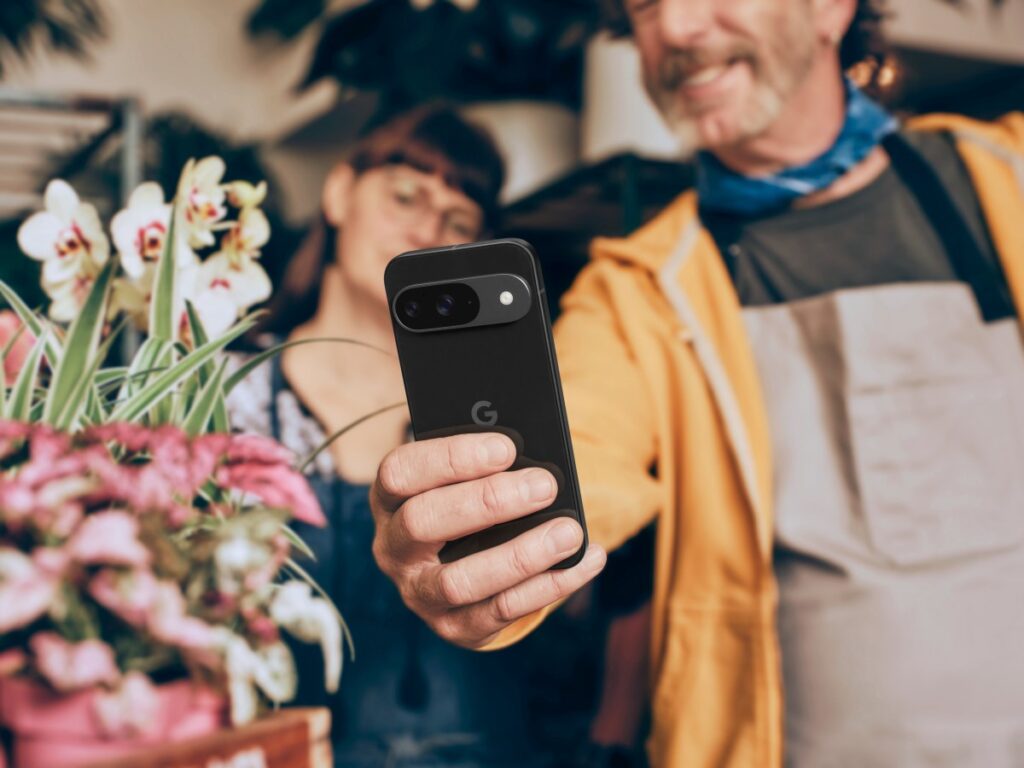Google announced on Thursday that it will begin embedding digital watermarks into images edited with generative AI in Google Photos. The change, rolling out this week, applies specifically to photos altered using the Reimagine feature in Magic Editor on Pixel 9 devices.
Why Digital Watermarking?
The Reimagine tool, introduced in 2024, leverages generative AI to modify images, enabling everything from minor touch-ups to significant alterations. As AI-powered image editing becomes more advanced, distinguishing between authentic and AI-generated content has become a growing concern.
To address this, Google will use SynthID, a digital watermarking system developed by DeepMind. SynthID allows AI-generated content to be marked invisibly without affecting the image quality. The technology also enables detection of these watermarks, even if an image has been altered or compressed.
How It Works
- SynthID embeds a digital watermark into AI-edited images.
- Users can check for AI edits by clicking “About this Image” in Google Photos, where watermark data is stored in the image’s metadata.
- Some minor edits (like adjusting the color of a small object) may be too subtle to trigger SynthID labeling.
A Push for Transparency in AI Editing
Google says this feature aligns with its AI principles, ensuring greater transparency in digital photo editing. As generative AI continues to evolve, watermarking could become a standardized way to identify AI-altered content, helping combat misinformation and ensuring clarity in digital imagery.
